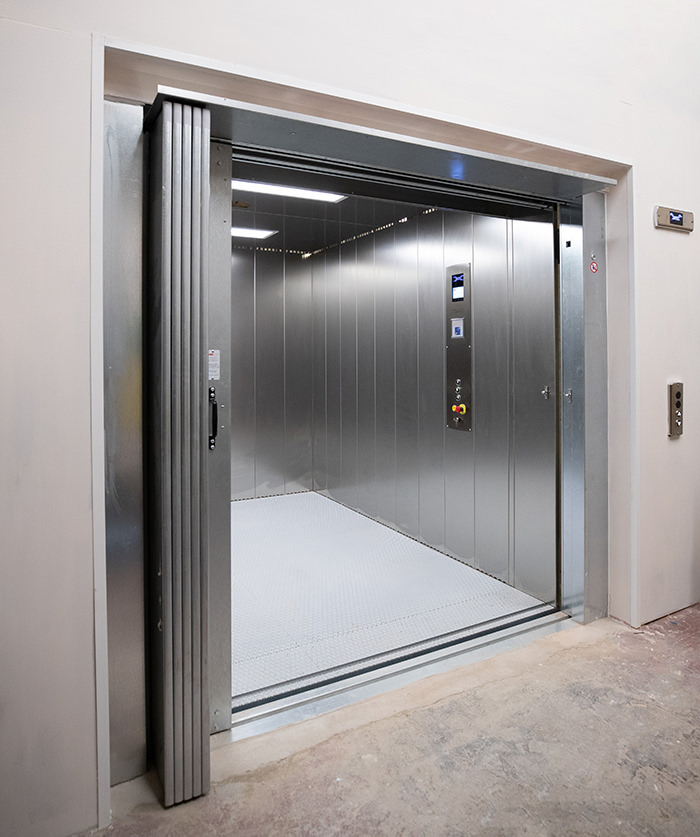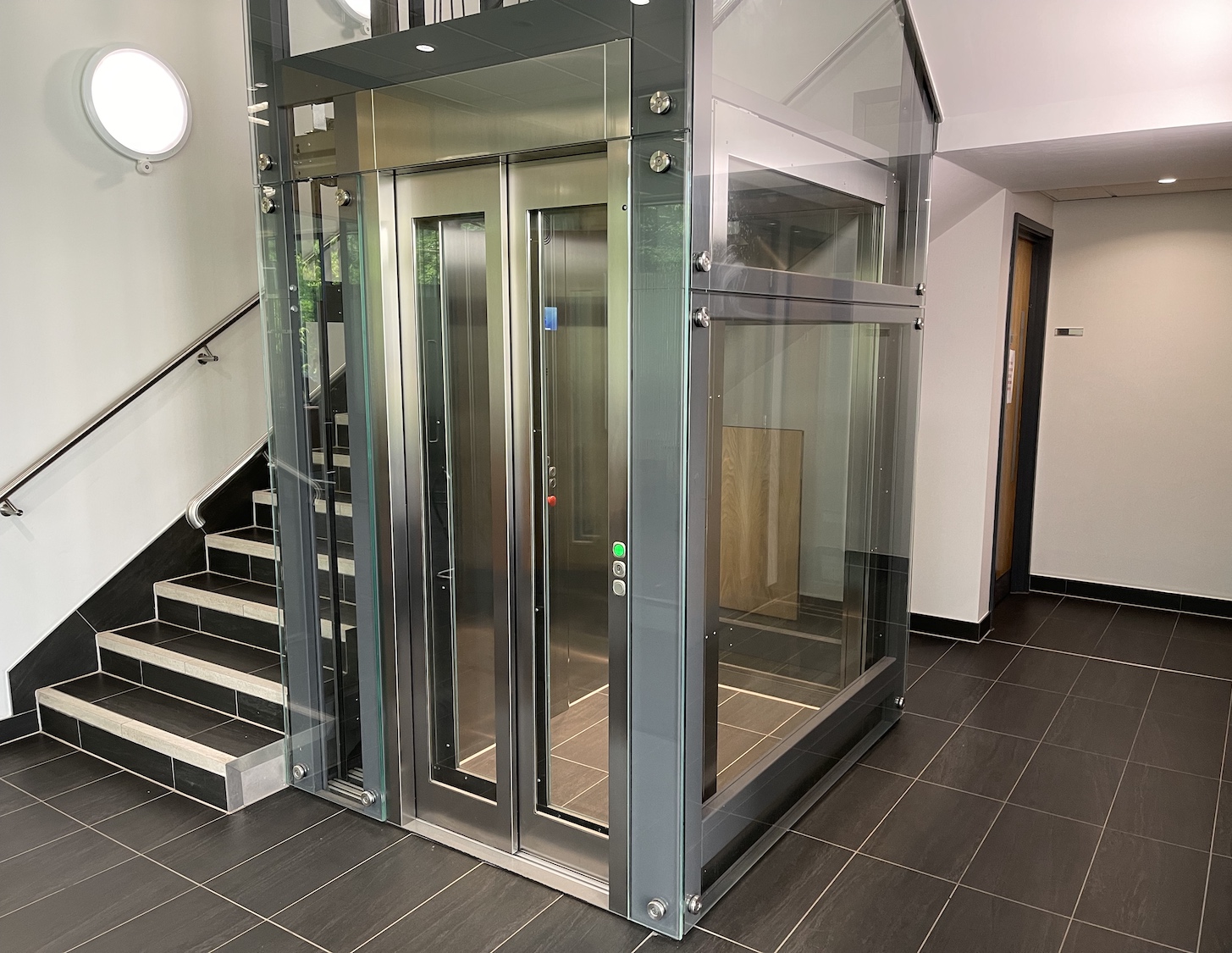We Maintain Lifts to the Highest Possible Specifications: Reliable Solution for All Lift Types
We Maintain Lifts to the Highest Possible Specifications: Reliable Solution for All Lift Types
Blog Article
Discovering the Diverse Ranges of Lift Equipments and Their Regular Breakdowns
In the world of upright transport, lift systems play a vital role in facilitating the movement of people and goods throughout various frameworks. From hydraulic to traction, pneumatic, and chairlift systems, each type flaunts its special layout and functional qualities. However, similar to any mechanical system, lift systems are at risk to breakdowns that can range from minor aggravations to crucial failures. Understanding the diverse selections of lift systems and their normal malfunctions offers beneficial insights into making sure the safety and security and performance of vertical transport.
Elevator Systems Summary
One basic component of modern urban infrastructure is the elevator system, important for upright transportation in structures of varying elevations. Lifts, likewise referred to as lifts in some areas, are made to effectively move people and products between various floorings within a building. These systems contain numerous crucial elements, including the lift vehicle, lifting control, weight, and system systems.
The elevator car functions as the system that brings travelers or freight, while the raising system, usually made up of chains or ropes, relocates the automobile backwards and forwards along the elevator shaft. The counterweight assists balance the load of the automobile, making the system a lot more energy-efficient - lift maintenance contractors. Control systems, such as switches inside the automobile and on each flooring, enable customers to choose their preferred location and run the elevator safely
Hydraulic Lift Equipments
Moving from the realm of lift systems summary to a more specialized domain, hydraulic lift systems use a distinct approach to upright transport within buildings. Hydraulic lifts run based upon the principle of making use of a fluid to transmit pressure from one indicate an additional. These systems are frequently found in low to mid-rise buildings where the upright travel range is modest. A hydraulic pump pushes hydraulic liquid right into a cyndrical tube to lift the elevator automobile, and the release shutoff controls the descent by regulating the circulation of liquid back to the tank.
One common breakdown of hydraulic lift systems is oil leak as a result of damaged seals or harmed hydraulic hoses. This can bring about a decrease in system performance and possibly concession safety and security if not without delay dealt with. Another usual concern is valve troubles, which can result in the lift not quiting at the proper level or experiencing jerky motions during procedure. Regular maintenance and hydraulic liquid checks can assist stop these malfunctions and make sure the smooth procedure of hydraulic lift systems.

Grip Lift Systems
Discovering the elaborate systems of upright transportation, traction lift systems revolutionize the means guests move within high-rise buildings (lift maintenance contractors). These systems run based on the concept of friction in between the lift vehicle and the hoist ropes, enabling effective vertical motion. Traction lift systems are generally located in modern high-rise buildings and are known for their smooth adventures and energy performance
One common sort of grip system is the geared grip system, where the lift automobile is affixed to the hoist ropes with an equipment system. This configuration gives excellent control over the activity of the lift automobile and is ideal for mid to skyscraper structures. Another kind is the gearless traction system, which gets rid of the requirement for an equipment system, making it more portable and ideal for very high structures.
Regardless of their efficiency, traction lift systems can experience malfunctions such as rope website here slippage, motor failings, or concerns with the control system. Regular maintenance and punctual repair work are vital to ensure the secure and trusted operation of traction lift systems in skyscrapers.
Pneumatic Lift Equipments
Pneumatic lift systems utilize air stress differentials to promote vertical transportation within buildings. These systems run by making use of compressed air to move the lift vehicle within a hoistway. As the atmospheric pressure reduces or raises in the system, the lift is either lifted or lowered appropriately. Among the crucial advantages of pneumatic lift systems is their power efficiency contrasted to traditional traction systems, as they do not require counterweights or substantial machinery.
Nonetheless, pneumatically-driven lift systems are not without their typical malfunctions. Regular maintenance and tracking of the system's air stress degrees are essential to stop these breakdowns and guarantee the trustworthy procedure of pneumatically-driven lift systems.

Chairlift Systems
In the world of upright transport devices, Chairlift Equipments offer an unique option to the pneumatic lift systems gone over previously. Chairlift Systems are frequently used in ski hotels, entertainment parks, and various other leisure locations to carry people backwards and forwards hills or inclines. These systems include a continuously relocating loop of chairs affixed to a cable that relocates a continuous loophole, allowing guests to embark and get off at assigned factors along the route.
In spite of their popularity, Chairlift reference Equipments are not without their faults. Common breakdowns consist of problems with the cable, such as derailments or slippage, which can lead to operational interruptions and safety worries. Mechanical failings in the chairs themselves, such as malfunctioning safety bars or seat locks, can likewise pose threats to passengers. Regular upkeep and evaluations are crucial to stop these malfunctions and guarantee the risk-free operation of Chairlift Equipments. By resolving these common breakdowns immediately, operators can maintain the efficiency and reliability of Chairlift Systems for the individuals that depend on them for transportation and leisure.
Conclusion
In conclusion, lift systems are vital for vertical transport in various structures and frameworks. Hydraulic, traction, pneumatically-driven, and chairlift systems are typically used, each with their very own potential breakdowns and one-of-a-kind features. It is very important for upkeep workers to be knowledgeable concerning the varied varieties of lift systems and their regular malfunctions to make sure the safety and efficiency of these systems.
As with any type of mechanical system, lift systems are prone to breakdowns that can vary from minor hassles to essential failings.Relocating from the world of lift systems introduction to a much more specific domain, hydraulic lift systems provide an unique strategy to upright transportation within structures.One common kind of grip system is the tailored traction system, where the lift vehicle is attached to the hoist ropes via a gear system. Normal upkeep and monitoring of the system's air pressure levels are critical to stop these malfunctions and make certain the trusted operation of pneumatically-driven lift my latest blog post systems.
It is important for maintenance employees to be knowledgeable regarding the diverse ranges of lift systems and their common malfunctions to make sure the security and performance of these systems.
Report this page